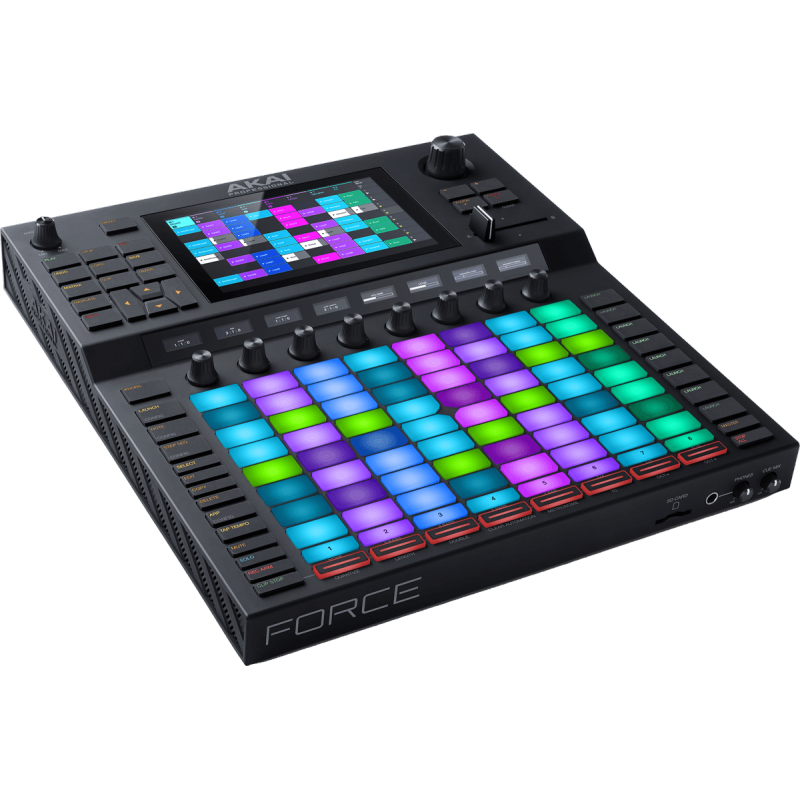Green Dino
X---X---X---X
Wie gesagt, Ich nehm halt die Spuren aus dem DAW Projekt als Audio, die ich live nicht spielen kann oder die ich live nicht erzeugen kann, die aber für den Charakter des Tracks elementar sind - aber ich will ja kein simples Playback abfahren, also habe ich z.B. drei Pad Spuren einzeln exportiert, (die im DAW Projekt in eine Gruppenspur gehen) um auf den drei Tracks unterschiedlich mit Effekten arbeiten zu können, muten zu können, vielleicht wird eine oder mehrere Spur(en) auch gesliced um dann die Slices triggern zu können.Da hat man also mehrere Audio-Spuren in der Gesamtlänge eines Tracks. Und was macht man damit live? Jede Spur nochmal irgendwie manipulieren?
Modulation und Effekte auf Spuren, die mit Effekten gerendert wurden kann übrigens sehr geile Effekte hervorbringen, also vielleicht eine Spur aus der DAW ein mal mit Effekten und ein mal ohne.
Oder die Spur wird in logische Sektionen geschnippelt (Intro, Teil A, Teil B, Outro oder so) aus der DAW exportiert.
So kram halt...
K.A. was andere Leute da so machen.
Zuletzt bearbeitet:
